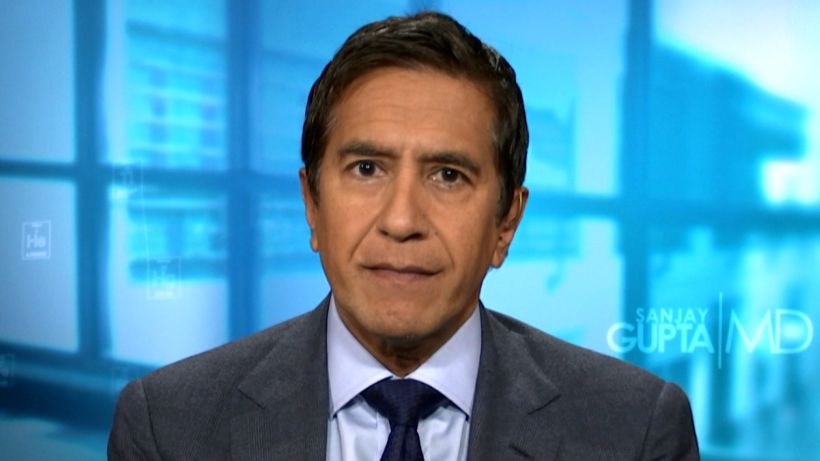Along with what state you live in and what political party you belong to, there’s another factor that helps predict attitudes about vaccination: income.
A survey of more than 2,000 parents shows those who are wealthier are more willing to vaccinate their children ages 5 to 11.
Vaccinations for children in this age group began last week. Approximately 900,000 children ages 5 through 11 are expected to have received a first dose of the Pfizer Covid-19 vaccine by the end of Wednesday, White House officials said Wednesday, and about 700,000 appointments have been made at pharmacies for upcoming days.
In the survey, 47% of parents whose annual income was $100,000 or more said they were willing to get their children vaccinated. Among parents with income between $75,000 and $99,000, 37% were willing, and among parents whose income was under $50,000, 34% said they were willing.
“That trend line was absolutely clear from the lowest through the middle to the highest,” said Dr. William Schaffner, a vaccine adviser to the US Centers for Disease Control and Prevention who was not involved with the poll.
Lower-income communities have been particularly hard hit by Covid-19. According to CDC data, counties with high levels of residents living in poverty have the highest cumulative death rates during the pandemic, with nearly 295 deaths per 100,000 people, compared with 183 deaths per 100,000 people in counties with the lowest levels of residents living in poverty.
Reasons for lower vaccine enthusiasm
The online poll of 2,331 parents of children ages 5 to 11 was conducted the week of October 25 by Momentive and Outbreaks Near Me, a team of epidemiologists based at Boston Children’s Hospital and Harvard Medical School.
John Brownstein, co-founder of Outbreaks Near Me, said lower-income people might have a tougher time getting their child vaccinated.
“You might need time off work to get an appointment, or time off potentially if your child has symptoms after the shot,” Brownstein said. “Unfortunately, the disparities that have been seen across the pandemic, especially around income, will persist even around vaccine access and younger kids.”
According to a Kaiser Family Foundation poll conducted last month, about half of parents with household incomes under $50,000 said they were very or somewhat concerned about taking time off work to take their child to get the vaccine or recover from symptoms.
Nearly 4 in 10 lower-income parents in the survey said they were concerned about difficulty traveling to a place to get their child vaccinated.
Schaffner noted that people of higher income tend to have more education.
“With more education, you generally have more acceptance of science, and I think you’re more likely to participate in these sorts of public health and other preventive measures as recommended by the medical community,” said Schaffner, an infectious disease specialist at Vanderbilt University Medical Center.
‘Meeting people where they’re at’
Schaffner said the income-related findings could help public health agencies target vaccine messages to that specific population.
“People have studied these kinds of issues, and there are lessons there on how to communicate with different populations,” he said.
In Oklahoma County, Oklahoma, the local health department is placing community health workers in schools to support families with information about vaccines, said Halley Reeves, the chief public health strategist for the Oklahoma City-County Health Department.
If the school identifies a student with limited vaccine access, the health department offers a referral to a team that will visit the family at home.
“This allows for us to truly meet people where they are and break down any barriers for receiving a vaccine,” Reeves said.
Get CNN Health's weekly newsletter
Sign up here to get The Results Are In with Dr. Sanjay Gupta every Tuesday from the CNN Health team.
The health department does home visits to vaccinate adults, also, and vaccinations in homeless shelters.
Reeves said the key to all this has been partnering with 700 organizations, including churches and community groups, to encourage vaccination, she added.
Together those strategies have worked.
In Oklahoma County, 84% of residents age 12 and up have had at least dose of a Covid-19 vaccine, Reeves said. Statewide, about 72% in this group have had at least one dose, according to the Oklahoma State Department of Health.
CNN’s Justin Lape and Danielle Herman contributed to this report.
Correction: An earlier version of this story incorrectly stated the percentage of Oklahoma County residents fully vaccinated.


















